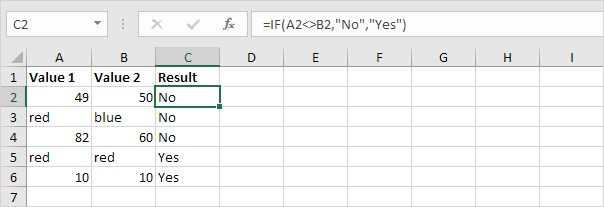

Another example is SUM(A1, A3, A5) which adds the numbers that are contained in cells A1, A3, and A5 (A1, A3, and A5 are arguments). For example, SUM(A1:A5) adds all the numbers in the range of cells A1 through A5. Each argument can be a range, a cell reference, an array, a constant, a formula, or the result from another function. The SUM function adds all the numbers that you specify as arguments. To switch between viewing the results and viewing the formulas, press CTRL+` (grave accent) on your keyboard.Or, click the Show Formulas button (on the Formulas tab). In the worksheet, select cell A1, and then press CTRL+V. Subtracts 9000 from 15000 (which equals 6000)Īdds all number in the list, including negative numbers (net result is 16000) Select all of the rows in the table below, then press CTRL-C on your keyboard. Exampleįollow these steps to subtract numbers in different ways: Use the SUM function and convert any numbers that you want to subtract to their negative values. Also note that SUMIFS criteria need to be entered in pairs (range / criteria) which means the named range "amount" must be entered twice: once as the sum range, and once as a criteria range.Note: There is no SUBTRACT function in Excel. Select the numbers that you want to use, and then click Home > Conditional Formatting > Greater Than, see screenshot: 2. Notice that the sum range always comes first in the SUMIFS function.

The equivalent SUMIFS formula is: =SUMIFS(amount,amount,"<1000") is really a serial number, thats how Calc can use dates in a calculation.

SUMIFS can handle multiple criteria, but the order of the arguments is different from SUMIF. If you type a date in a cell and Calc doesnt convert it into its default. If you want to expose the threshold amount on the worksheet so that it can be easily changed, you can concatenate the operator to a cell like this: =SUMIF(range,"<"&A1) If you want to include the threshold number in the sum, use less than or equal to (<=), like so: =SUMIF(amount,"<=1000") Note that both the operator (<) and threshold amount are enclosed in double quotes (""). In this case, we want to match amounts less than 1000, and the "criteria range" is the same as the "sum range" so there is no need to enter the sum range as a final argument –the SUMIF function simply sums up all amounts less than 1000. "=",">",">=", etc.), so you can use these as you like in your criteria. The SUMIF function supports Excel's logical operators (i.e.


 0 kommentar(er)
0 kommentar(er)
